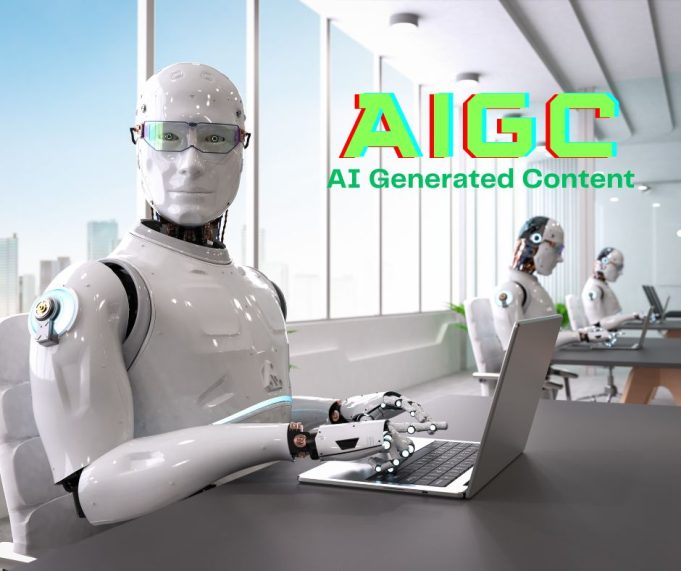The AIGC investment boom around the world is attributed to the breakthroughs in AI algorithms, which allow AI to complete intellectual tasks as efficiently as humans. This trend is very interesting, as it is the realization of the ultimate fantasy of many geeks, who have imagined the future of mobile Internet. With continuous breakthroughs in the cross-modal mutual conversion of text, pictures, videos and the three, the AI industry is trying to reconstruct the transformation of human productivity and production relations. This has become the most discussed topic in the market, as people are wondering if this is a short-lived pan or a new era of blue ocean.
AIGC (AI Generated Content) is a way for artificial intelligence to imitate humans for content production. It is made possible by the deep learning method represented by GAN (Generative Adversarial Network) and the GPT-3 algorithm. AIGC has expanded its business scope rapidly, with more than 300 applications launched in the past two years and functions expanding from text generation to video generation. This year, AI has even participated in the Chinese composition writing of the college entrance examination and won the first prize of the Art Pencil Bag at the Corona State Fair in the United States. AIGC is a powerful tool that is revolutionizing the way content is created and consumed.
AIGC (Artificial Intelligence Generated Content) is a tool that can assist humans in content production. It can replace basic labor processes, thereby improving content quality and creative efficiency. However, AIGC is still an efficiency tool at this stage and cannot complete creative and decision-making work. For example, AI generated compositions may score high, but lack depth and originality. Similarly, AI generated paintings may be eye-catching at first glance, but lack overall planning and consistency. Therefore, AIGC is best used as an aid to human creativity, rather than a replacement. With the help of AIGC, humans can create better content with greater efficiency and accuracy.
AIGC (Artificial Intelligence General Computing) is a new technology that has the potential to revolutionize the way we interact with machines. It has two main application scenarios: To B and To C. On the B side, it can be used to empower various industries, while on the C side, it can be used to produce content through interaction with people. For example, AI driving, AI assistant, and AI-assisted text generation are all possible applications of AIGC. In the future, AIGC technology could even be used to create digital twins of humans, allowing them to achieve technological immortality in the Metaverse. However, while the potential of AIGC is great, it will take time for it to become as ubiquitous as water and electricity.
The Artificial Intelligence Generated Content (AIGC) is a technology that is still in its early stages of exploration. It is mainly divided into three stages: improving content production technology, application of multi-modal generation technology, and the aggregation of AIGC content ecology. Currently, the application of AIGC is limited to specific scenarios such as marketing accounts, news manuscripts, and plot continuations. It is also used in video and customer service, but due to the limited level of technology, virtual humans cannot interact well with humans. The application of AIGC in the metaverse is still limited by technical equipment such as VR/AR/XR. Enterprises can optimize the model to improve its adaptability to application scenarios in the short term.
Schrödinger’s business value is uncertain due to the high initial investment and lack of liquidity in the AIGC track. Data, computing power, and algorithms are the three carriages that drive the development of AIGC, but the development of each item requires companies to invest a lot of money, leading to high operating costs. AIGC’s own characteristics limit the process of service standardization, and the quality of the content is uneven, which limits the expansion of the user scale. Moreover, the technology is not mature enough to be used in production, and the competition in the industry will intensify, leading to a decrease in corporate income. Therefore, investing in the field of AIGC is still a bit too risky due to the obstacles of unstable AIGC technology, single application scenarios, and lack of liquidity.













